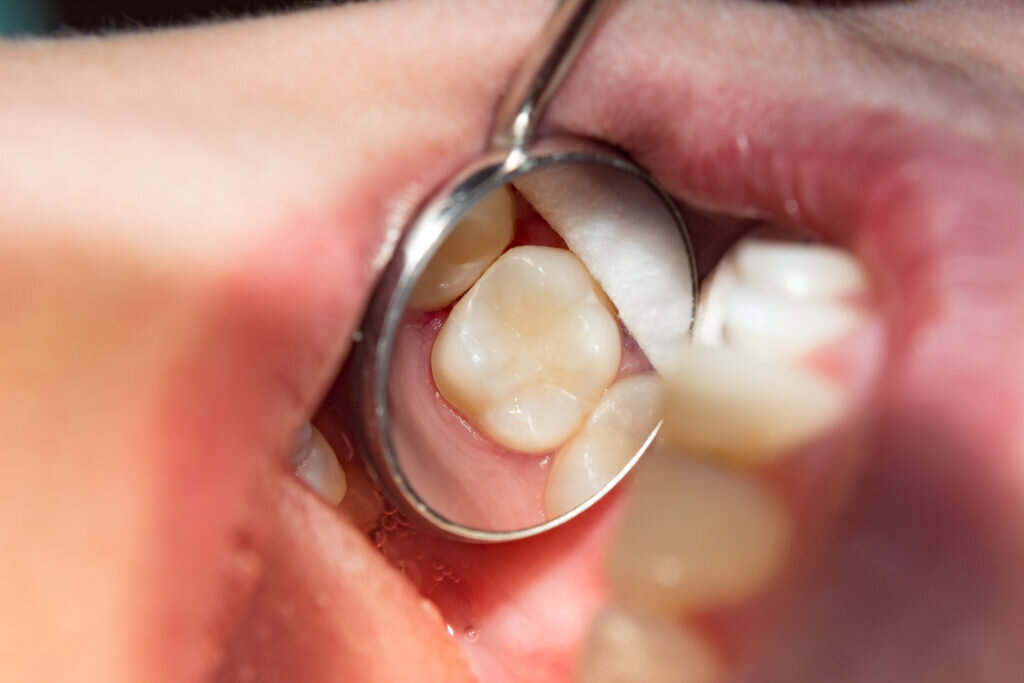White Fillings (Composite Restorations)
Not all tooth fillings are metallic! White composite fillings are a great alternative material. Here’s a list of the advantages you can expect when receiving a white composite restoration.
Advantages of White Fillings:
Aesthetics: The main advantage of a direct dental composite over traditional materials such as amalgam is improved aesthetics. Composites can be in a wide range of tooth colors allowing near invisible restoration of teeth. Composite fillings can be closely matched to the color of existing teeth.
Bonding to tooth structure: Composite fillings micro-mechanically bond to tooth structure.
Tooth-sparing preparation: The fact that composite fillings are glued (bonded) to the tooth means that unlike amalgam fillings, there is no need for the dentist to create retentive features destroying healthy tooth. Unlike amalgam, which just fills a hole and relies on the geometry of the hole to retain the filling, composite materials are bonded to the tooth. In order to achieve the necessary geometry to retain an amalgam filling, the dentist may need to drill out a significant amount of healthy tooth material. In the case of a composite restoration, the geometry of the hole (or “box”) is less important because a composite filling bonds to the tooth. Therefore less healthy tooth needs to be removed for a composite restoration.
Less-costly and more conservative alternative to dental crowns: In some situations, a composite restoration may be offered as a less-expensive (though possibly less durable) alternative to a dental crown, which can be a very expensive treatment. Installation of a dental crown usually requires removal of significant healthy tooth material so the crown can fit over or into the natural tooth. Composite restoration conserves more of the natural tooth.
Alternative to tooth removal: Because a composite restoration bonds to the tooth and can restore the original physical integrity of a damaged or decayed tooth, in some cases composite restoration can preserve a tooth that might not be salvageable with amalgam restoration. For example, depending on the location and extent of decay, it might not be possible to create a void (a “box”) of the geometry necessary to retain an amalgam filling.
Versatility: Composite fillings can be used to repair chipped, broken or worn teeth[3] which would not be repairable using amalgam fillings.
Repairability: In many cases of minor damage to a composite filling, the damage can be easily repaired by adding additional composite. An amalgam filling might require complete replacement.
Lack of corrosion: Although corrosion is no longer a major problem with amalgam fillings, resin composites do not corrode at all. (Low-copper amalgams, prevalent before 1963, were more subject to corrosion than modern high-copper amalgams.

